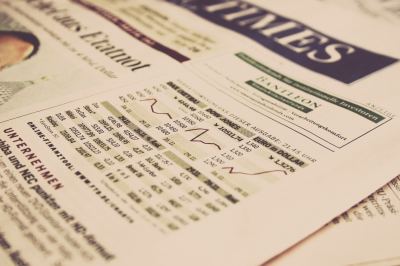Housing Bubbles And Recessions Are Not The Same

As the stock market swung wildly at the end of 2018, and price adjustments abound in our local housing market, a question we’ve been asked a lot (and seen thrown around in the news cycles) is a reasonable one: So, is it 2007-2009 all over again?
With the housing crisis from 10 years ago in our rear view mirror, it’s a an understandable question (or fear). But before looking at the economic and market data, it should be first clarified that housing bubbles and recessions are not the same thing.Of the past 6 recessions, only 5 recessions have produced sharp home pricing drops. Some market areas have seen extreme pricing inflation, while others have not. Most pricing inflation is a result of low inventories and under-supply of certain properties. Nationally, we have under-built certain classifications of homes, especially entry-level homes, by millions.
So although the housing market IS undergoing a pricing correction and shifting away from a seller’s market in Chicago and nationally, there are a number of reasons we do not expect to hit a housing bubble even if our economy enters a recession:
- Unemployment is at record lows. Fed Chairman Powell is celebrating “extraordinary economic times” in the US in 2018: growth is on pace to exceed 3%, unemployment is at a 48-year low, and inflation is right on target.
- 34% of all American homeowners have 100% equity in their homes (ATTOM Data Solutions). 14 million American homeowners – roughly 25% with a mortgage – are “equity rich”: Their debt is less than 50% of their current home value. Around and before the 2007-9 Great Recession, homeowners used their homes as piggy-banks and refinanced and withdrew around $800 billion of equity from their homes: this time only about $185 billion has been withdrawn.
- Sub-prime mortgages represent a fraction of what they were pre-2007. Lending standards and banking regulations are very different today compared to 2007-9: They are MUCH stricter. Bloomberg reports that the U.S. economy is much better prepared for this housing slump in 2019 than in 2007. Since lending standards are higher and home supply is much tighter, Bloomberg suggests this real estate slowdown will look more like 1994’s than 2007’s.
- Foreclosures filings in 2018 remain very low compared to 2008. More than 50% of the loans in foreclosure in April 2018 were originated between 2004 and 2008.
- Existing home sales remain strong, with lower figures driven by recently tighter inventory levels. In 2005, over 7 million existing homes sold in the USA: During the peak of the Great Recession (2009) – the worst recession of our time since the Great Depression – over 4 million homes sold. About 5.5 million homes sold in 2018.
Cyclically, we are due for a recession. Recessions are inevitable. We have experienced 9 straight years of growth, one of the longest expansions in US History. After periods of strong growth come periods of declined growth or some retraction. When it happens is guess-work; how deep a recession is matters more and no-one knows for sure. 2019 may turn out to be a period of SLOWER economic growth. Slower growth is not a recession and is actually good as it puts brakes on the Fed’s will to raise rates….which is good for real estate and great for first time buyers.
The historical context sheds new light. It’s important to realize that the roller coaster of the equity markets pales next to past market declines. The US economy is in outstanding shape overall, with some residue being felt for assets that were over-valued and rising interest rates. Trade wars and political uncertainty don’t help. While stocks are down at the end of 2018, the S&P 500 is up over 35% compared to 5 years ago…..and up 175% from 10 years ago.
BOTTOM LINE
LOTS of homes sell even in the worst recessions. Transactions happen in ALL markets, and the Two Door Group is here to help facilitate for you.
~ Jen and Adele, Two Door Group at Compass
